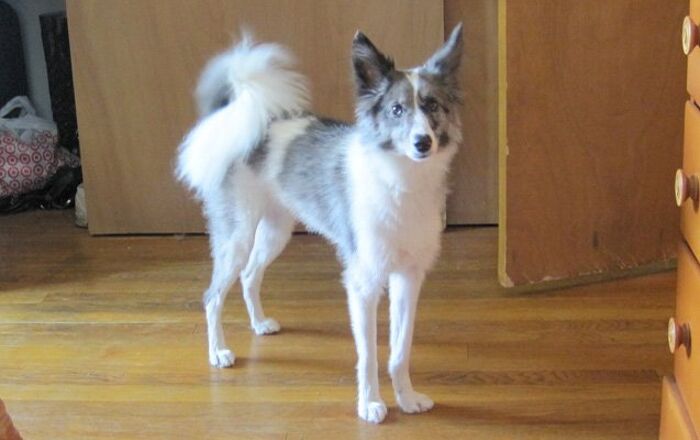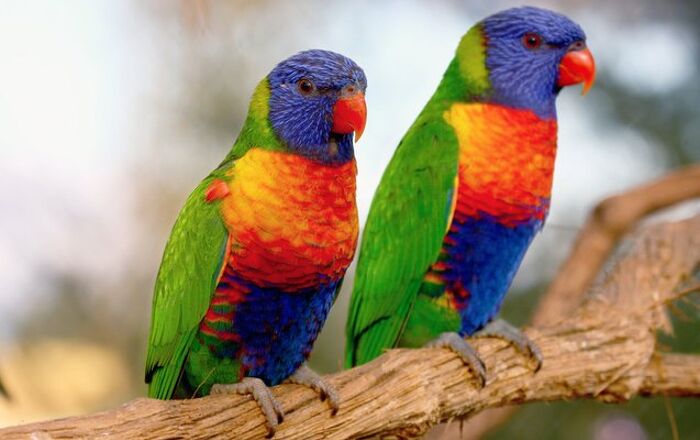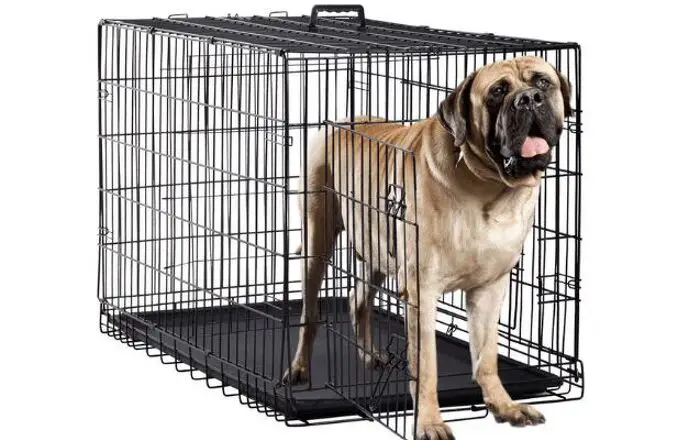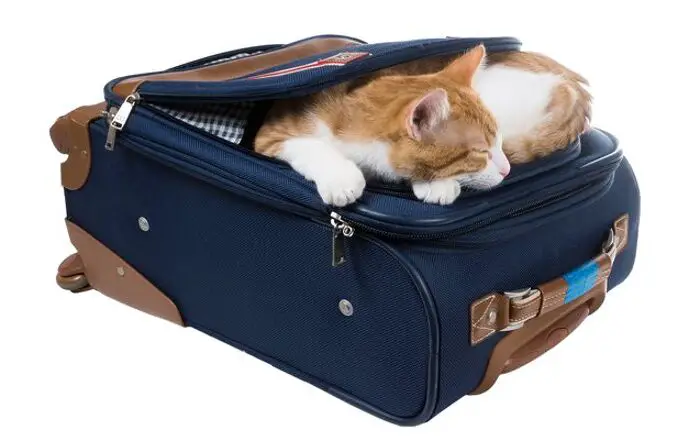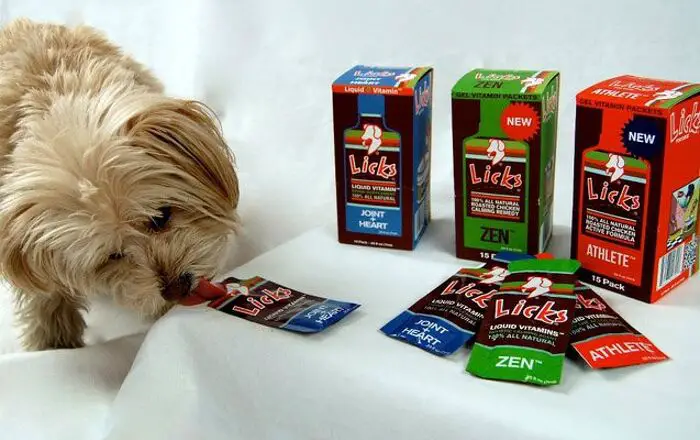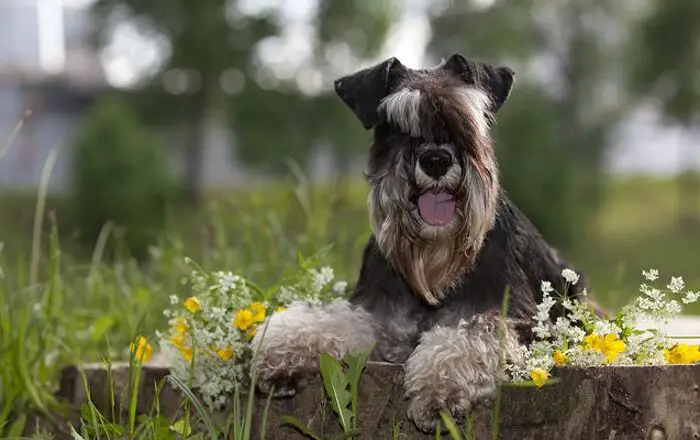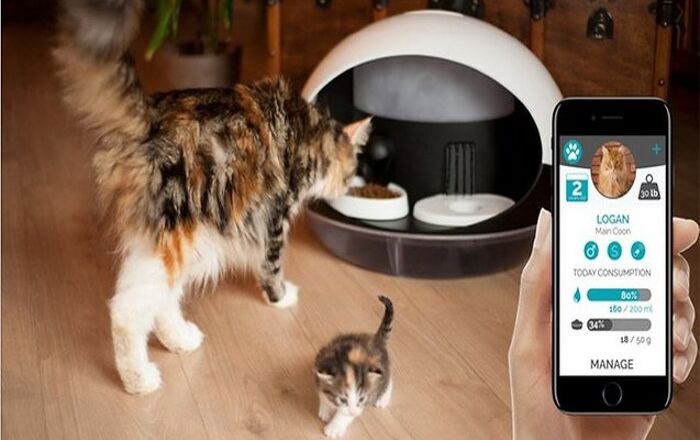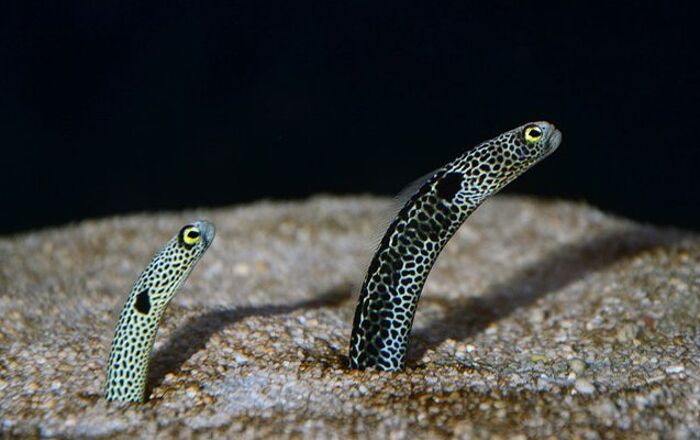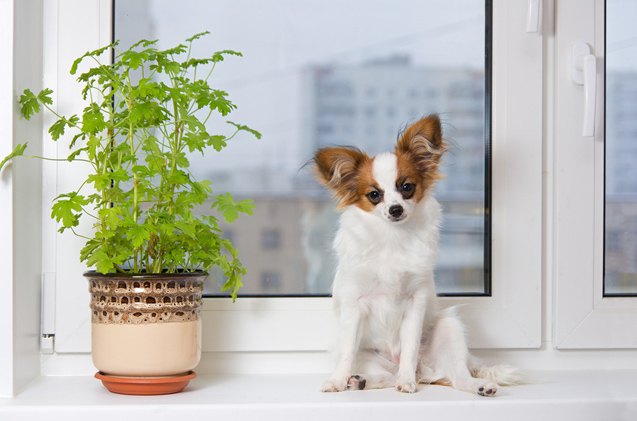
How does your garden grow? Does it contain poisonous plants for dogs?
Part of caring for your dog means protecting him from potentially harmful substances and situations. While you may make an effort to keep cleaning supplies and other dangerous items away from your pets, there may be something you are overlooking – the plants in and around your house. Some of the most commonly kept houseplants are incredibly toxic to dogs and many pet owners do not even realize it. Let’s talk about indoor and outdoor plants that are toxic to dogs so you can keep them away from your pet.
Related:Top 10 Foods That Are Bad For Dogs
Indoor Poisonous Plants for Dogs
You may not realize it, but those houseplants you keep on your windowsill could be dangerous for your pet. Some of the most popular household plants are actually toxic to dogs, so take a look at the list below and remove these plants from your house or place them well out of reach of your dog:
- Asparagus fern : also known as emerald feather, emerald fern, or lace fern
- Corn plant : also known as dracaena, dragon tree, or ribbon plant
- Dieffenbachia : also known as dumb cane, tropic snow, or exotica
- Elephant ear : also known as caladium, taro, ape, cape, and Malanga
- Lilies : particularly peace lily (Mauna Loa)
- Cyclamen : also known as sowbread
- Heartleaf philodendron : also known as horsehead philodendron, cordatum, fiddle leaf
- Jade plant : also known as baby jade, dwarf rubber plant, and jade tree
- Aloe plant : medicinal plant known as Barbados aloe
- Satin pothos : also known as silk pothos
Related:What Fruits Can Dogs Eat?
Outdoor Poisonous Plants for Dogs
It is much more difficult to control the plants that your dog is exposed outdoors versus indoors. The best you may be able to do is to remove or fence off hazardous plants on your property and to take measures to keep your dog from wandering off the property. This is especially important if you live near a wooded area where your dog could be exposed to dangerous plants. Some common outdoor plants that are toxic to dogs include:
Tips for Protecting Your Dog
The best way to protect your dog from poisonous plants inside and outside the home is to remove them entirely. In the house, you may be able to get away with simply moving the plant onto a higher shelf or placing it in a room to which your dog does not have access. Outside, things can get a little tricky – you may need to either remove the plant or put up a fence around it that your dog cannot get through. If you are worried about your dog getting into toxic plants that are outside the range of your property your best bet may be to fence your yard and to only let your dog out of the yard when he is on a leash and under your supervision.
Protecting your dog from harmful and toxic plants is not difficult if you know what plants to look for and if you make an effort to keep your dog from coming into contact with them. Dogs do not always know that something has the potential to cause them harm, so it is up to you to protect him from plants that could be toxic.
